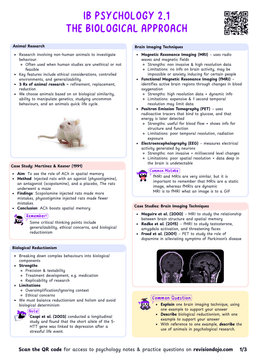The Morphological Species Concept (Historical)
- The morphological species concept defined a species as a group of organisms that share similar morphological characteristics (form and structure), distinguishing them from other groups.
- In other words, this approach classifies organisms by what they look like, rather than by how they reproduce or how related they are genetically.
- Like grouping books by their cover design rather than their content.
- Simple, but often misleading.
Why Morphology Was Used
- Ease of observation: Early scientists lacked microscopes or genetic tools, physical features were all they could study.
- Universality: Every organism has morphological traits that can be described and compared.
- Comparative simplicity: Allowed systematic grouping based on visible patterns (shape, structure, symmetry).
Linnaeus grouped whales with fish because both had fins, a conclusion we now know to be evolutionarily inaccurate.
Strengths of the Morphological Species Concept
- Simple and visual: Classification possible using only external traits.


